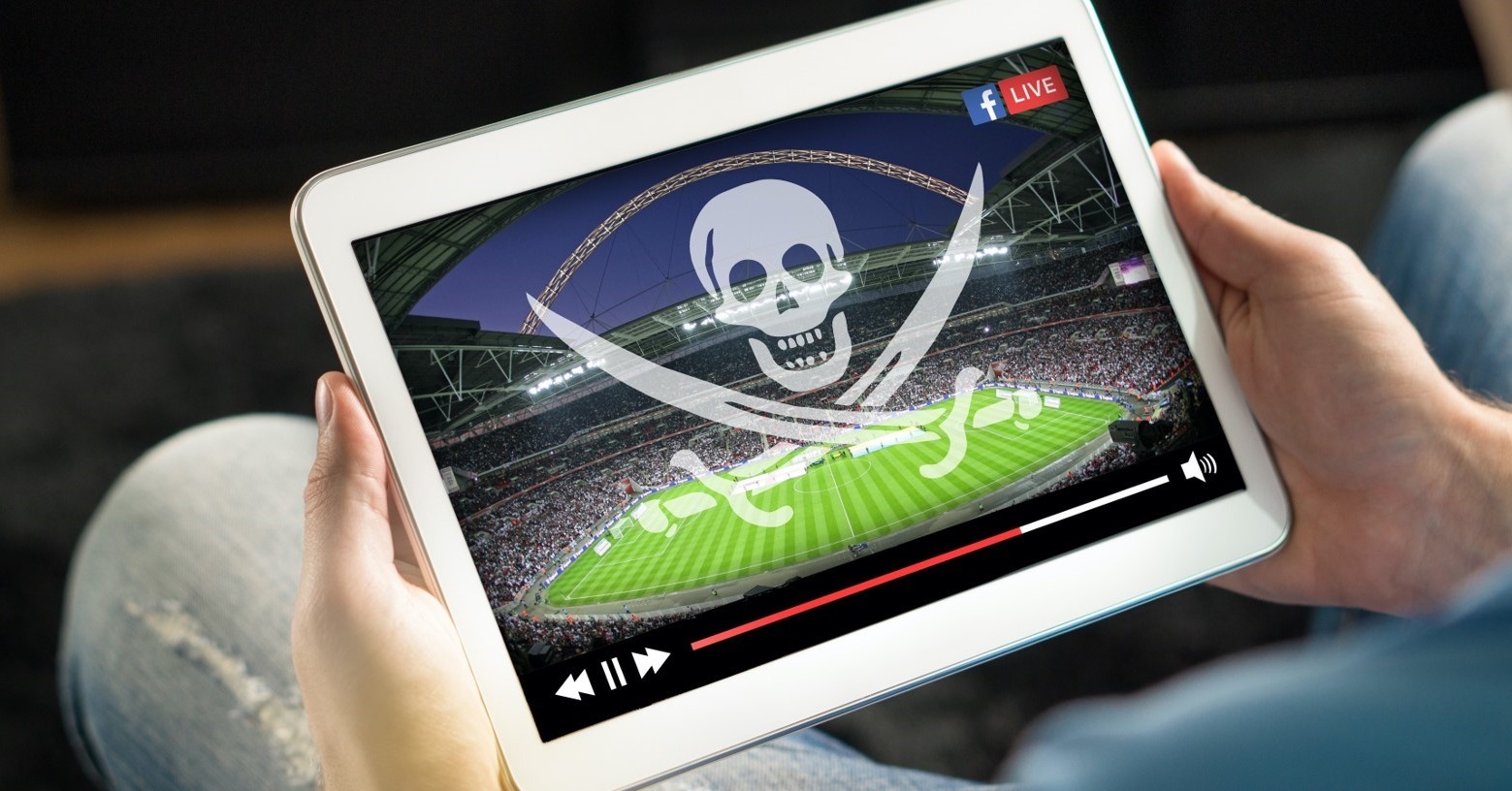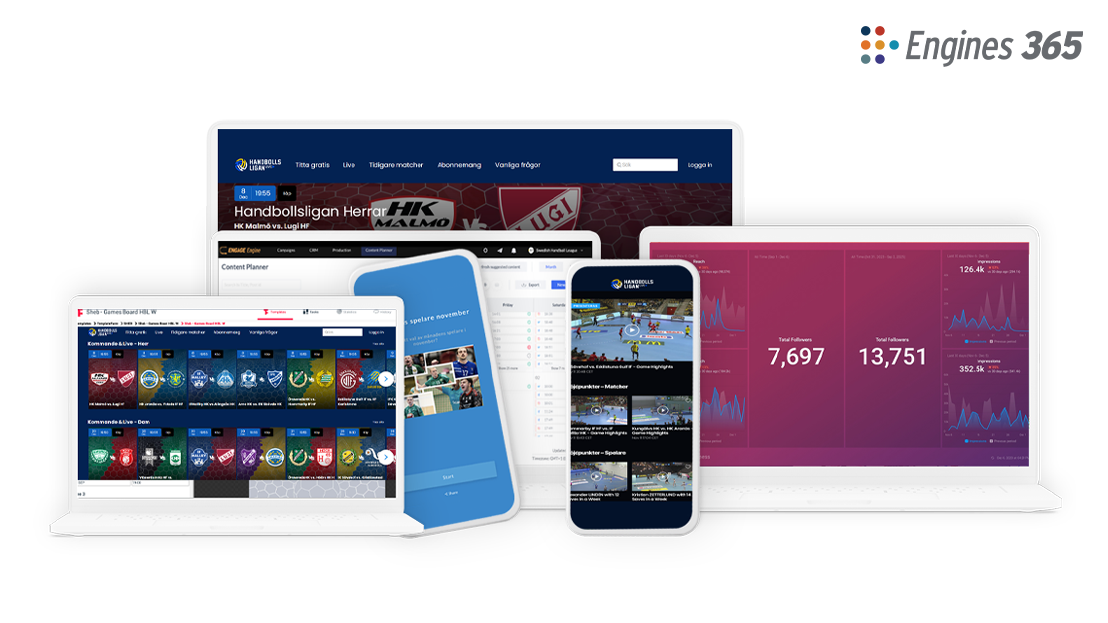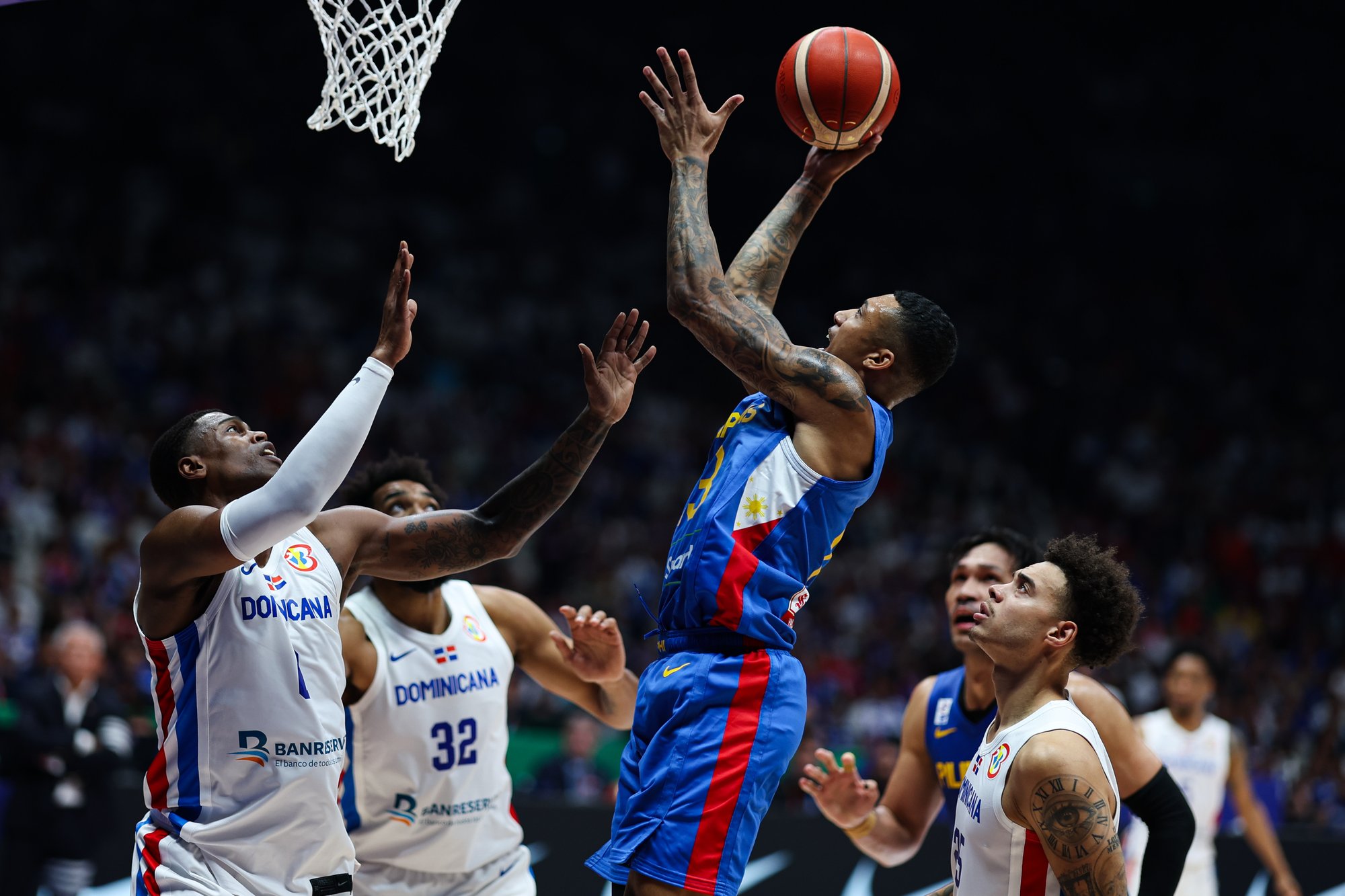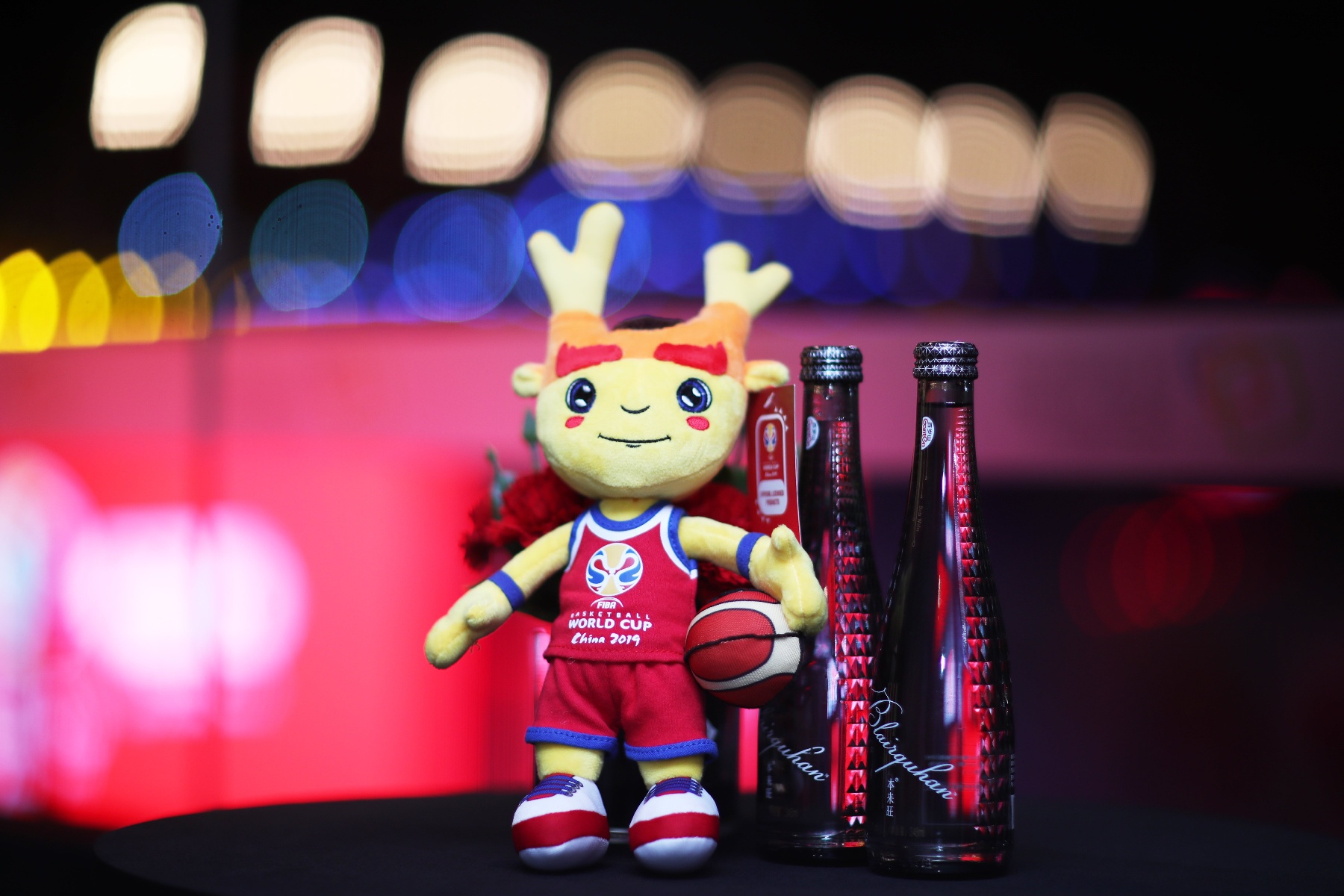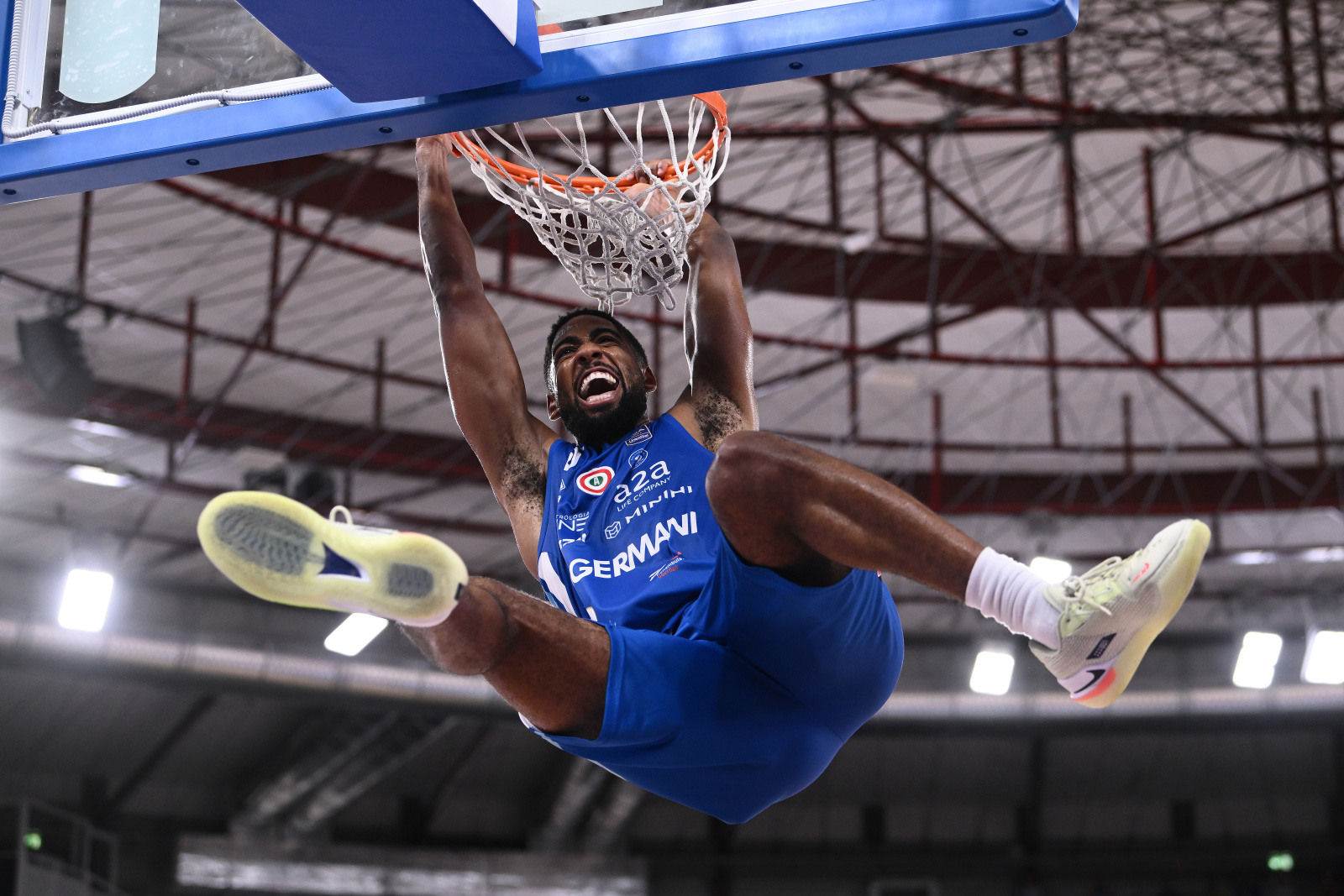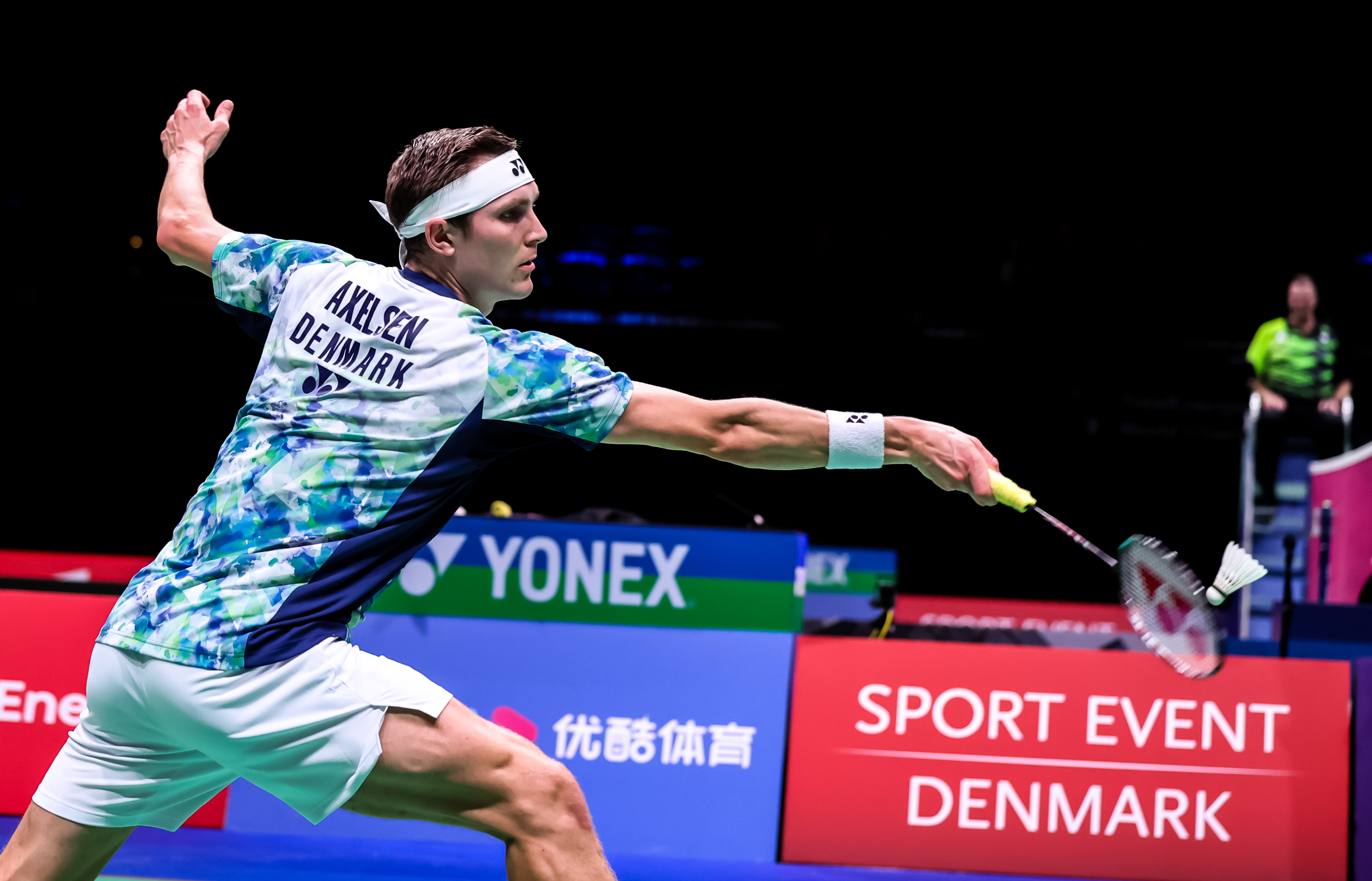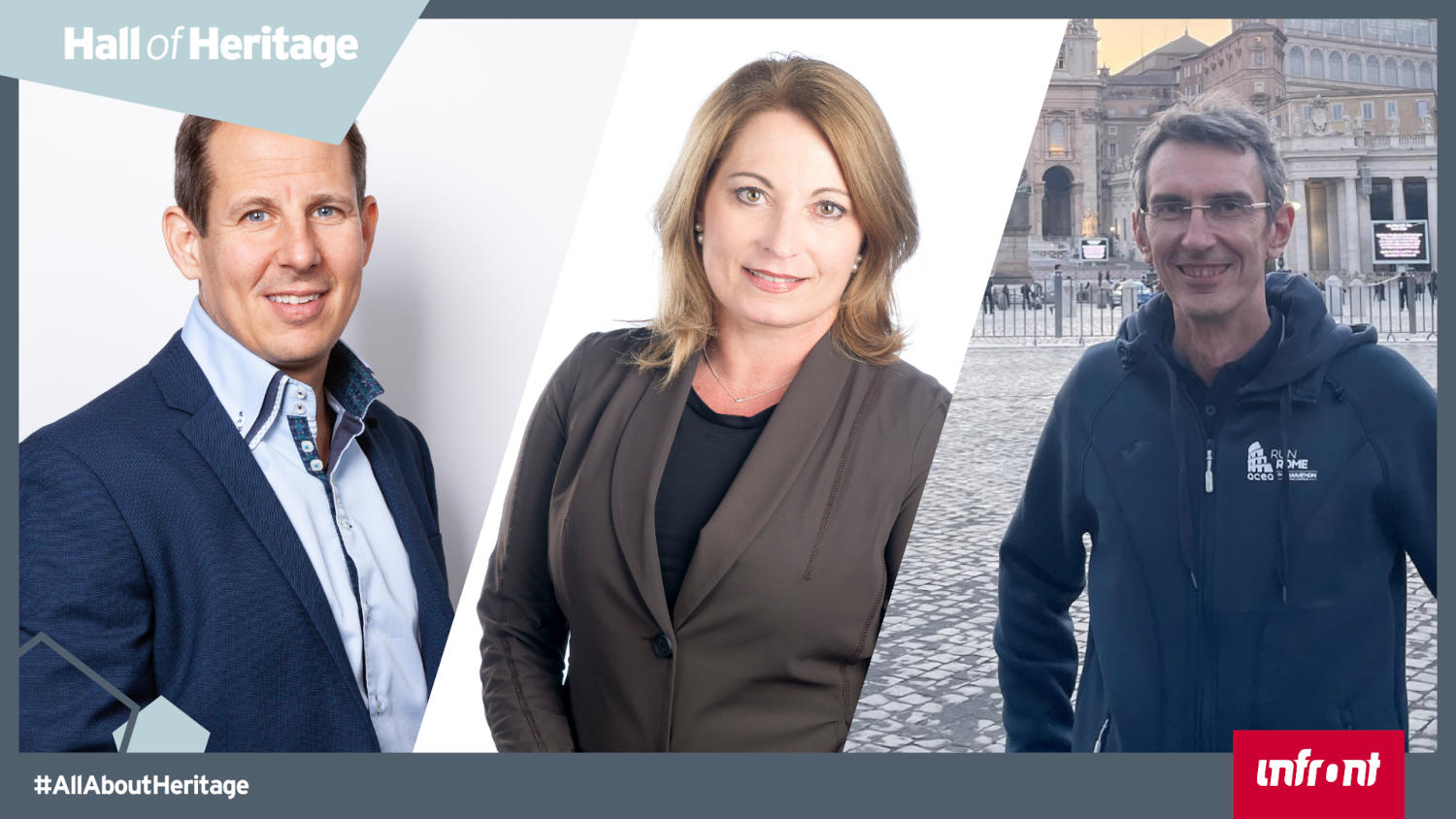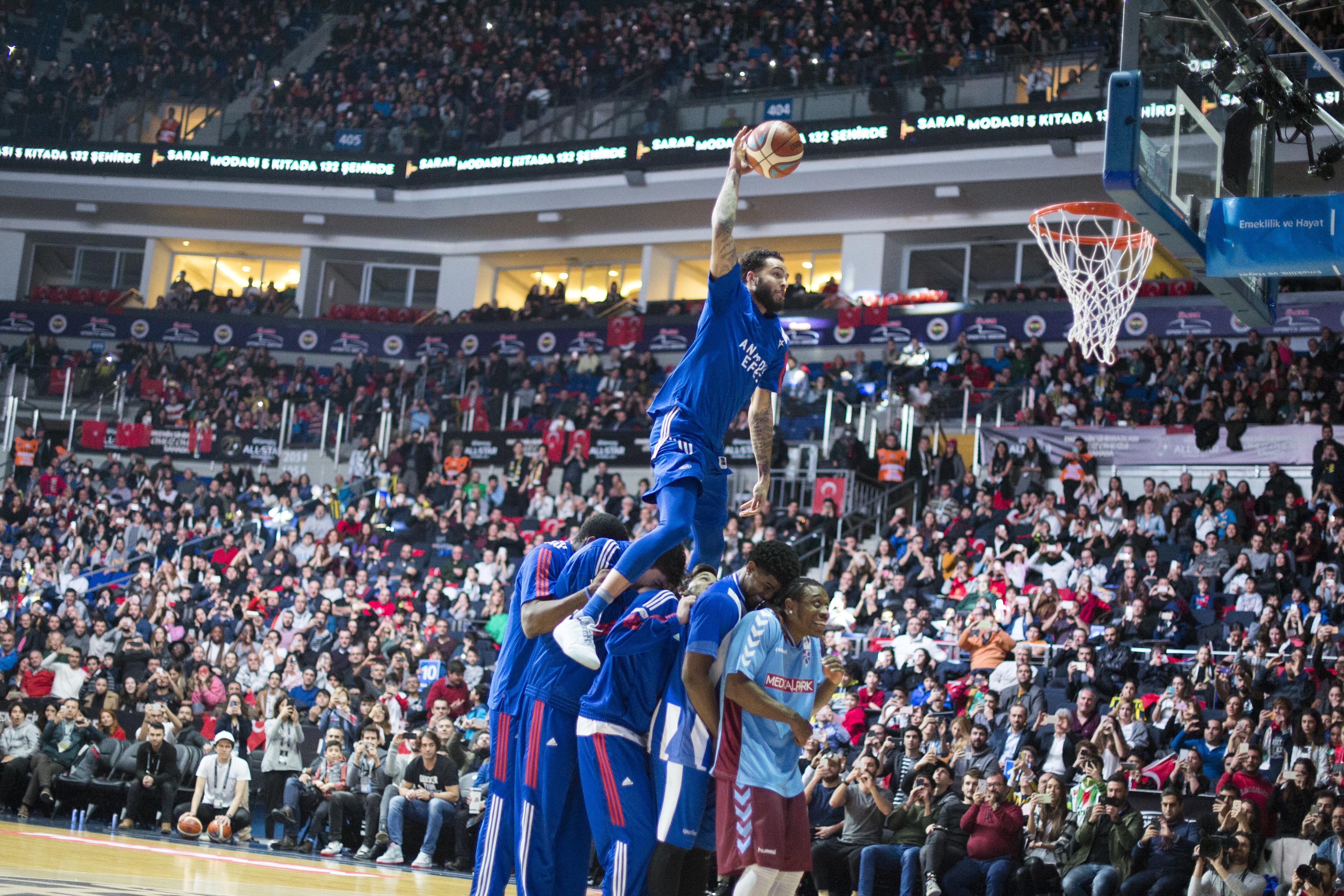The highly anticipated FIBA Basketball World Cup 2023 tipped off on August 25, and the excitement was palpable. This year's tournament promises to make history, starting with the phenomenal new attendance record for the competition on opening day. A staggering 38,115 fans were inside the Philippine Arena to watch the tournament co-hosts Philippines match up against the Dominican Republic in the Group A clash, erasing the previous record of 32,616 fans that watched the final between the United States and Russia at the 1994 FIBA Basketball World Cup in Toronto, Canada.
And it doesn’t stop there. For the first time ever, all 10 Global Partner slots for this FIBA Basketball World Cup cycle have been sold out. This remarkable achievement, in conjunction with the participation of 24 local partners spanning the three host countries – Philippines, Japan, and Indonesia, marking the very first time that it will be hosted by multiple nations – is set to propel this edition of the Basketball World Cup into commercial success.
FIBA Marketing, the strategic partnership between FIBA and Infront, brokered these partnerships that extend across all FIBA national team tournaments throughout this exciting cycle. The list of FIBA’s top-tier Global Partners includes Ganten, J9.basketball, Molten, Nike, Smart, TCL, Tencent, Tissot, Wanda Group, and Yili, the latest addition to this prestigious line-up in late April. Throughout the tournament, FIBA Marketing has curated a comprehensive catalogue of activations with the partners that will engage, thrill, and unite fans worldwide.
The sheer scope of these agreements demonstrates the universal appeal and reach of basketball. From Asia to the global stage, these partnerships reflect the sport's ability to unite fans and brands across borders, cultures, and backgrounds. The fact that interest from esteemed brands in the local markets as well as the global arena has been overwhelmingly high, reaffirming basketball's unwavering popularity.

